
Enhanced sustainable green revolution yield via nitrogen-responsive chromatin modulation in rice ($) (Science)
Plant Science Research WeeklyThe well-known success of the green-revolution was accomplished through the development of semi-dwarf grasses (rice and wheat), which led to decreased losses to lodging and higher yields; however, the benefits of these improved varieties depends on the application of nitrogen-rich fertilizer. As N-rich…
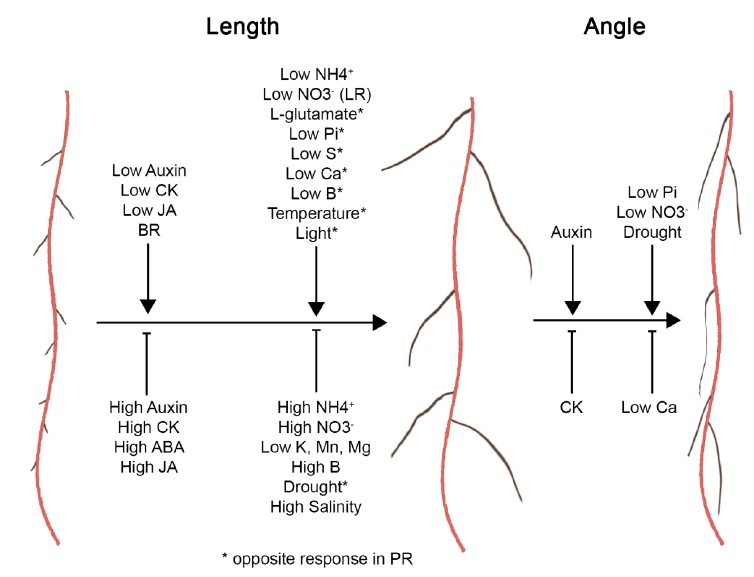
Review. Same, but different: growth responses of primary and lateral roots ($) (J. Exp. Bot.)
Plant Science Research WeeklyLateral roots arising from programmed cell division from primary roots in both monocots and dicots share some similarities and dissimilarities in developmental signaling. In this review, Waidmann et al. discuss lateral root organogenesis and elongation with respect to hormone, nutrient, and abiotic conditions.…
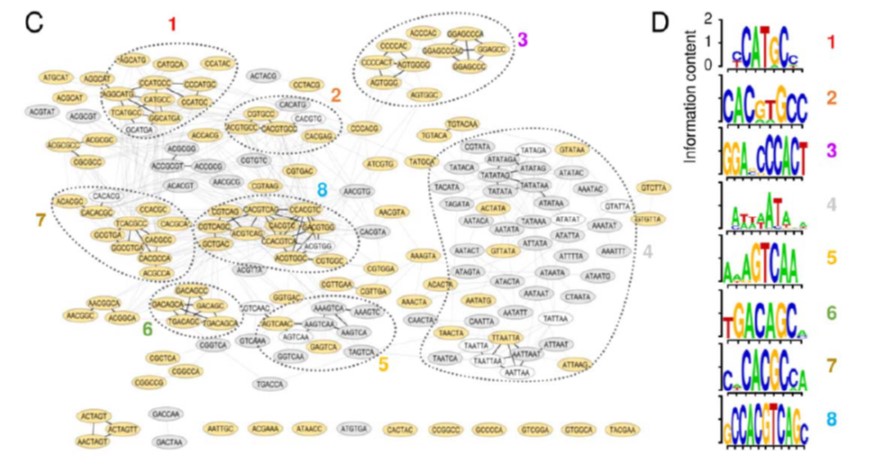
Putative cis-regulatory elements predict iron deficiency responses in Arabidopsis roots (Plant Physiol.)
Plant Science Research WeeklyIron (Fe) is an important micronutrient needed by plants for survival. Plants have evolved a range of morphological, physiological and molecular responses to Fe availability, including the transcriptional regulation of over one thousand genes in response to Fe deficiency (-Fe) in Arabidopsis. However,…
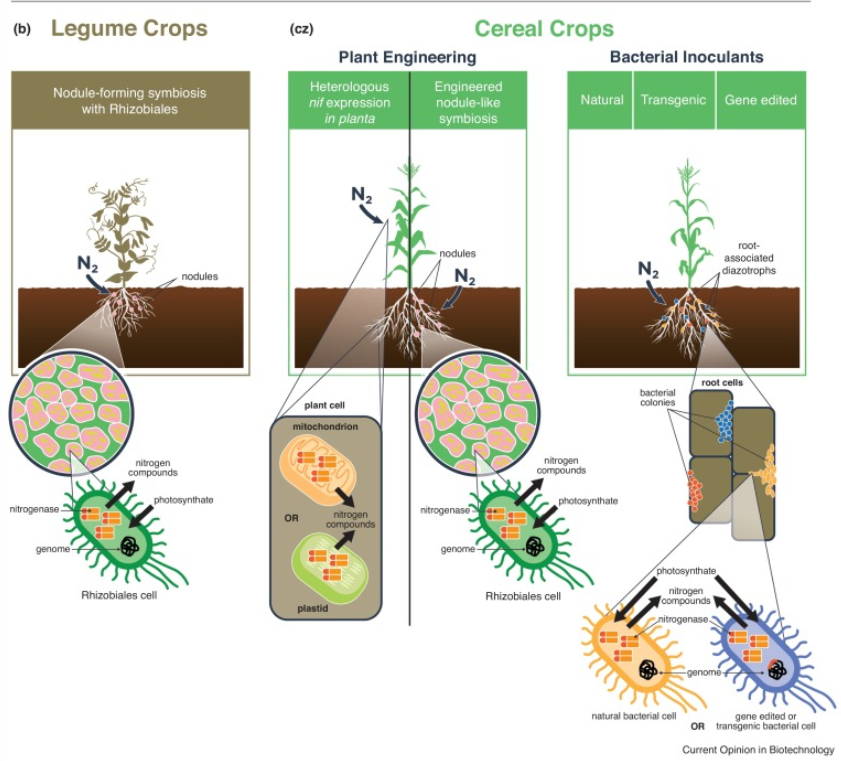
Review: Harnessing atmospheric nitrogen for cereal crop production ($) (Curr. Opin. Biotechnol.)
Plant Science Research WeeklyNitrogen demands for plant growth are accomplished through fertilizers or biological nitrogen fixation. Industrial production of nitrogen fertilizer is expensive and causes pollution due to leaching of unused fertilizer. In this review, Bloch et al. discuss the current status of biological nitrogen fixation…

Promotion of BR biosynthesis by miR444 is required for ammonium-triggered inhibition of root growth (Plant Physiol.) ($)
Plant Science Research WeeklyNitrogen, as one of the most important plant nutrients, profoundly affects root growth. Nitrogen is usually taken up in one of two forms, nitrate (NO3-) or ammonium (NH4+), and the two forms affect root growth differently. Here, Jiao et al. demonstrate a connection between ammonium, a small RNA, and…
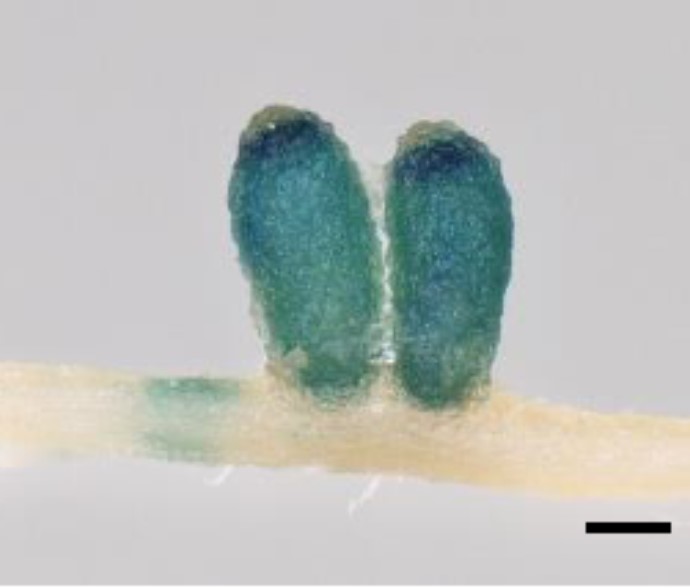
Medicago-Sinorhizobium-Ralstonia co-infection reveals legume nodules as pathogen confined infection sites developing weak defenses (Curr. Biol.)
Plant Science Research WeeklyThe pathogenic bacterium Ralstonia solanacearum enters roots through wounds and also at root tips. It can also infect legume nodules. Benezech et al. investigated how this infection occurs, and how it is affected by and affects nitrogen fixation. The authors found that nodules are as permissive of Ralstonia…
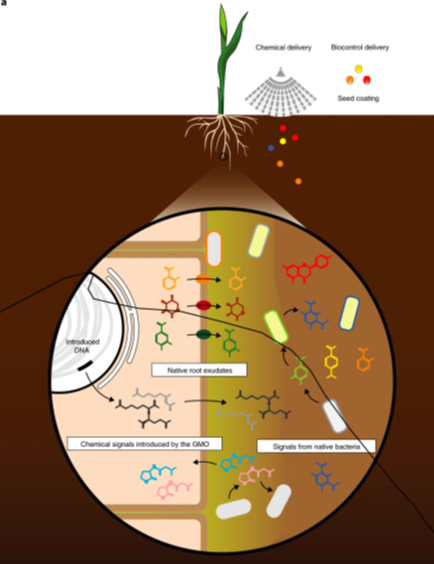
Control of nitrogen fixation in bacteria that associate with cereals (Nature Microbiol)
Plant Science Research WeeklyLegumes benefit from mutualistic symbioses with Rhizobia bacteria, which are induced to fix nitrogen when inside of the nodules produced by the plant. Cereals also associate with Rhizobia, but without nodules they don’t fix nitrogen. Ryu et al. set out to engineer inducible nitrogenase activity in…
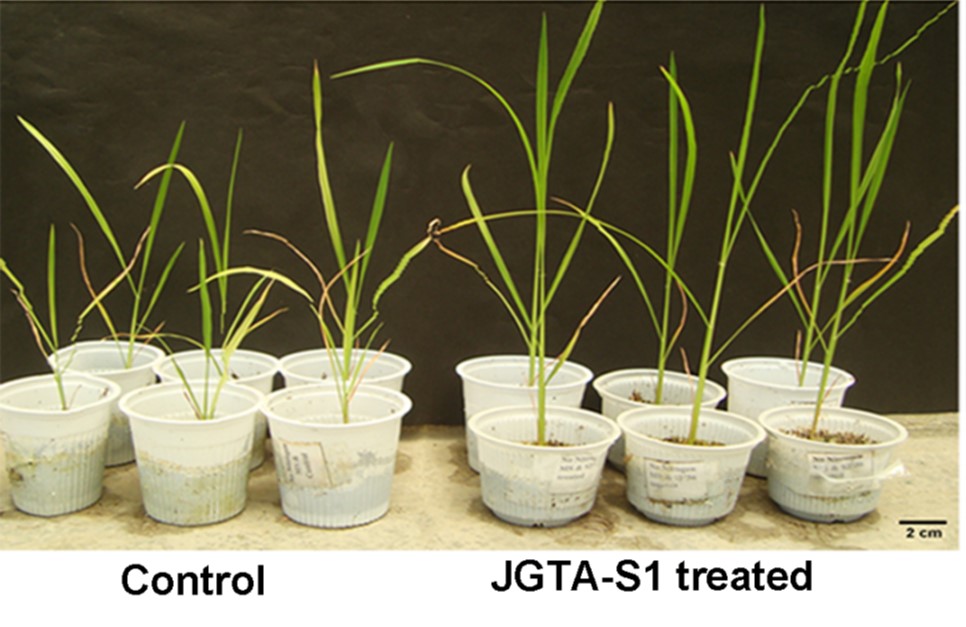
Rice nitrogen nutrition is improved by association with a fungus carrying nitrogen-fixing endobacteria ($) (Plant Cell)
Plant Science Research WeeklyPreviously, growth-promoting endophytic (living within the plant) microbes were isolated from plants (narrowleaf cattail, Typha angustifolia) growing in a nutrient-poor site in an effort to identify new beneficial microbes. One of these identified is the fungus Rhodotorula mucilaginosa. Now, Paul et…
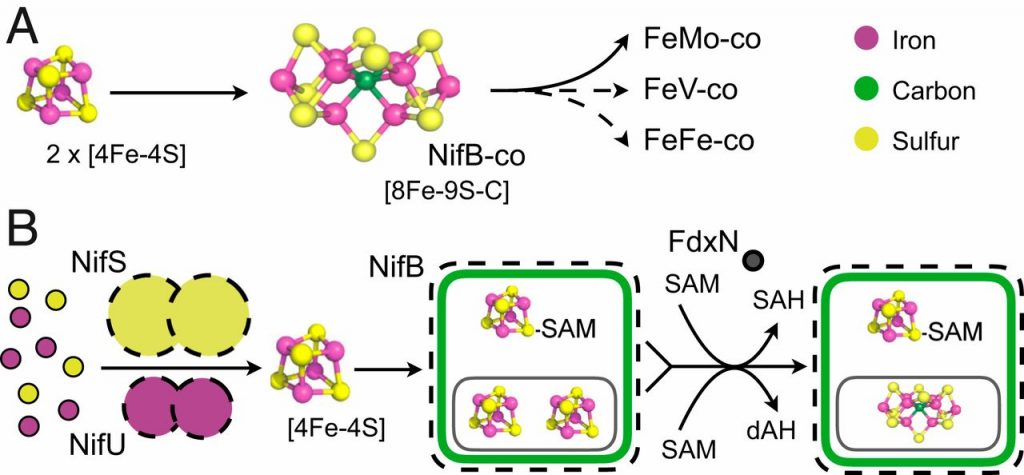
Biosynthesis of the nitrogenase active-site cofactor precursor NifB-co in Saccharomyces cerevisiae (PNAS)
Plant Science Research WeeklyNitrogenases are large, multisubunit enzymes that require complex metal cofactors. They are the only enzymes capable of fixing N2 into usable form, and are only produced by some archaea and bacteria; “nitrogen-fixing” legumes actually depend on the presence of their bacterial symbionts for this function.…

